
Transit Briefs: LACMTA, Omaha Streetcar, SBCTA, Shore Line East, TTC
Written by Marybeth Luczak, Executive Editor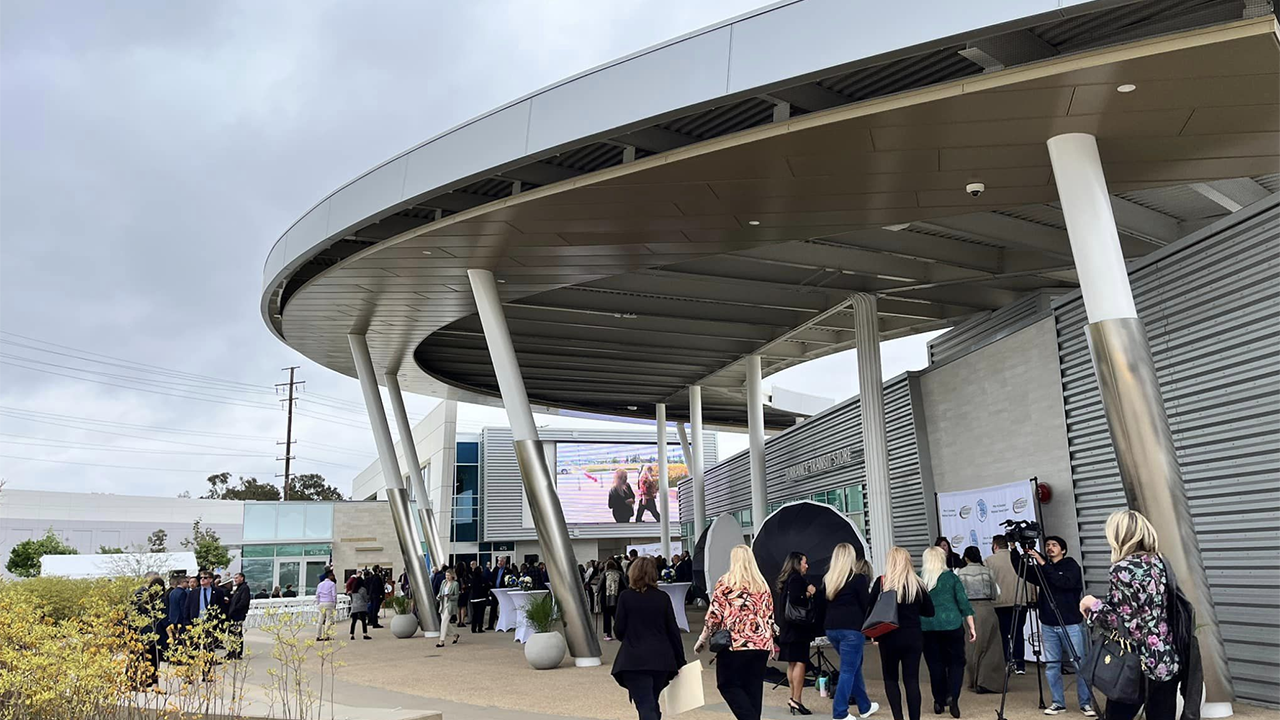
The city of Torrance, Calif., on June 9 held a ribbon-cutting ceremony for the Mary K. Giordano Regional Transit Center, which will serve as the future light rail terminus of LACMTA’s C Line. (Photograph Courtesy of Torrance City Mayor George Chen, via Facebook)
The city of Torrance, Calif., opens a new transit center, the future light rail terminus for Los Angeles County Metropolitan Transportation Authority’s (LACMTA) C Line. Also, the Omaha, Neb., streetcar project advances; San Bernardino County (Calif.) Transportation Authority (SBCTA) readies for delivery of its HFC (hydrogen fuel cell) trainset; Connecticut reduces funding for Shore Line East commuter rail service; and Toronto Transit Commission (TTC) reports that its safety and security incidents are declining.
The city of Torrance on June 9 held a ribbon-cutting ceremony for the Mary K. Giordano Regional Transit Center. Torrance Transit buses currently serve the facility, which offers eight level boarding platforms, passenger information kiosks and maps, fare vending machines, a security office, a transit store, public restrooms, a training facility, and restaurants and coffee shops, according to a Daily Breeze report. The five-acre multimodal facility will also serve as the future southern terminus of LACMTA’s C (Green) Line light rail extension project.
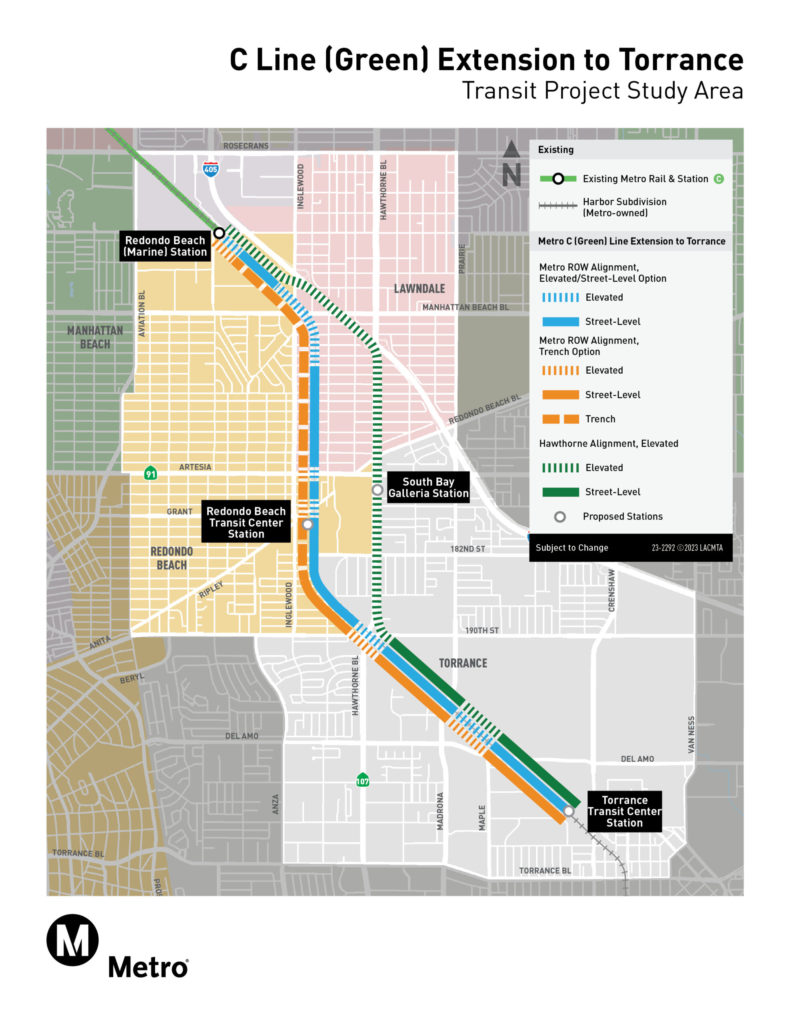
LACMTA plans to expand the C Line from the Redondo Beach (Marine) Station to the new Torrance Transit Center, bringing light rail to the area (see map, left); providing an alternative to congestion along the I-405 corridor; and connecting to the existing K (Crenshaw), J (Silver) and A (Blue) lines. LACMTA earlier this year developed a Draft Environmental Impact Report (EIR) for public review, evaluating three alignments, and is expected to prepare a recommendation on a preferred alignment this summer.
According to the Daily Breeze, the “city is also in talks with Greyhound, Hollywood Bowl Shuttle and FlixBus to bring their services to the center.”
The newspaper reported that the transit center project was initiated in 2004 “when Del Amo Fashion Center, located around 2 miles from the site, wanted to expand their stores, which created a need for street connection, said Torrance’s Transit Director Kim Turner. Then Mary K. Giordano, a former assistant manager at Torrance, whom the center is named after, purchased the 15-acre site that the transit hub sits on in 2008. It took several years to secure funds at both federal, state and local levels, before the center broke ground in 2015.”
LACMTA and the South Bay Cities Council of Governments awarded $25.7 million in Measure R South Bay Highway Program Funds to be used for facility construction. The California Department of Transportation and the California Governor’s Office of Emergency Services also contributed $2.5 million and $115,470, respectively, toward construction and security measures.
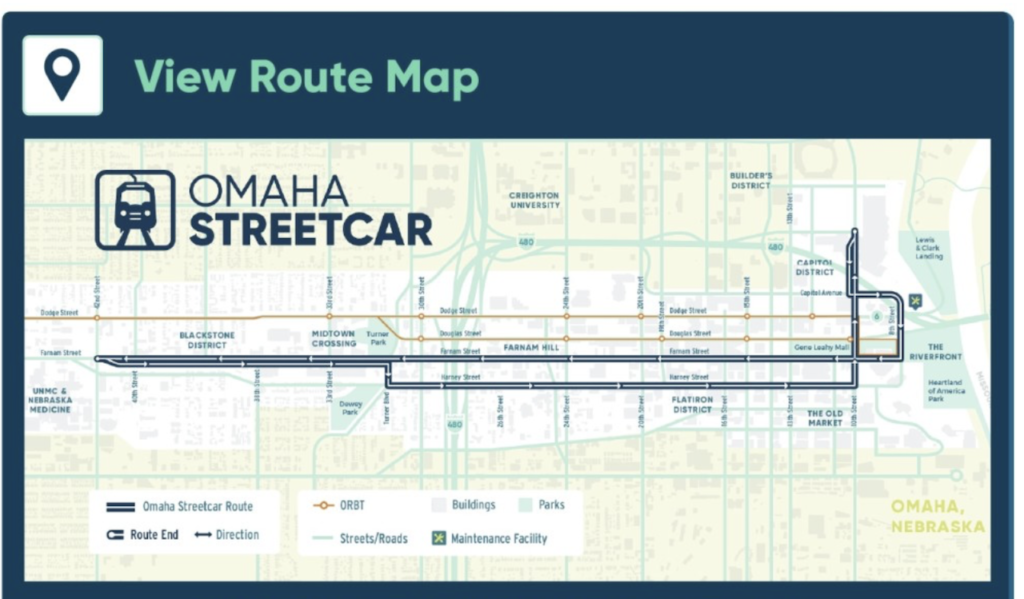
The Omaha Streetcar Authority (OSA) will hire a private company to help implement its 3.2-mile streetcar project, connecting downtown Omaha to the University of Nebraska Medical Center (see map, above), according to KETV, Ohama’s ABC affiliate. A request for proposal is expected to be issued in late summer or early fall. The Authority has also compiled a Project Management Plan for Federal Transit Administration review, reported the media outlet, which said streetcar service could start in late 2026 or spring 2027.
HDR in May reported that it will deliver the project’s final design, including track, transit systems, traffic, architectural and other civil design, procurement support, public engagement and operations. It previously led preliminary design for the project, which will use the construction manager at risk delivery method, defining the streetcar’s route, stop locations and vehicle specifications.
Further Reading: A Streetcar for Omaha?
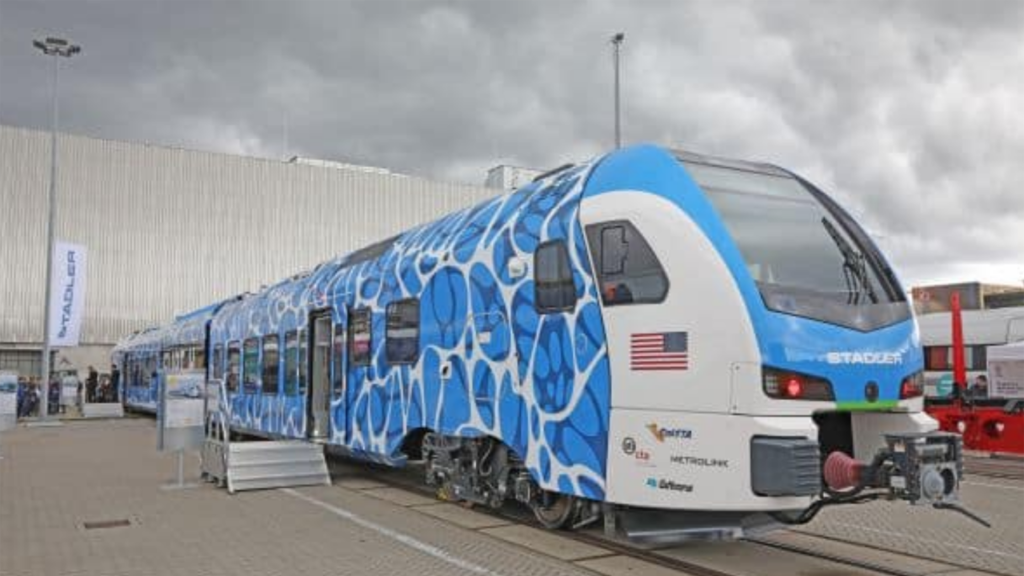
Stadler is wrapping up dynamic testing of the new two-car zero-emission HFC trainset for use on SBCTA’s nine-mile, five-station Arrow passenger rail corridor, which began operations last October. The trainset will run alongside the current low-emission Stadler FLIRT DMUs. It is due to ship from Switzerland to the United States at the end of this month, according to SBCTA’s June 2023 newsletter.
Assembly was completed in mid-2022 and the trainset was unveiled at InnoTrans in September 2022.
“Staff is still working through scheduling and logistical details for testing, and the manufacturer is looking to showcase the [trainset] at the American Public Transportation Association (APTA) TRANSform Conference & Expo (APTA Expo) in Orlando, Florida, in October,” according to SBCTA, which reported the trainset is expected to enter service in late 2024.
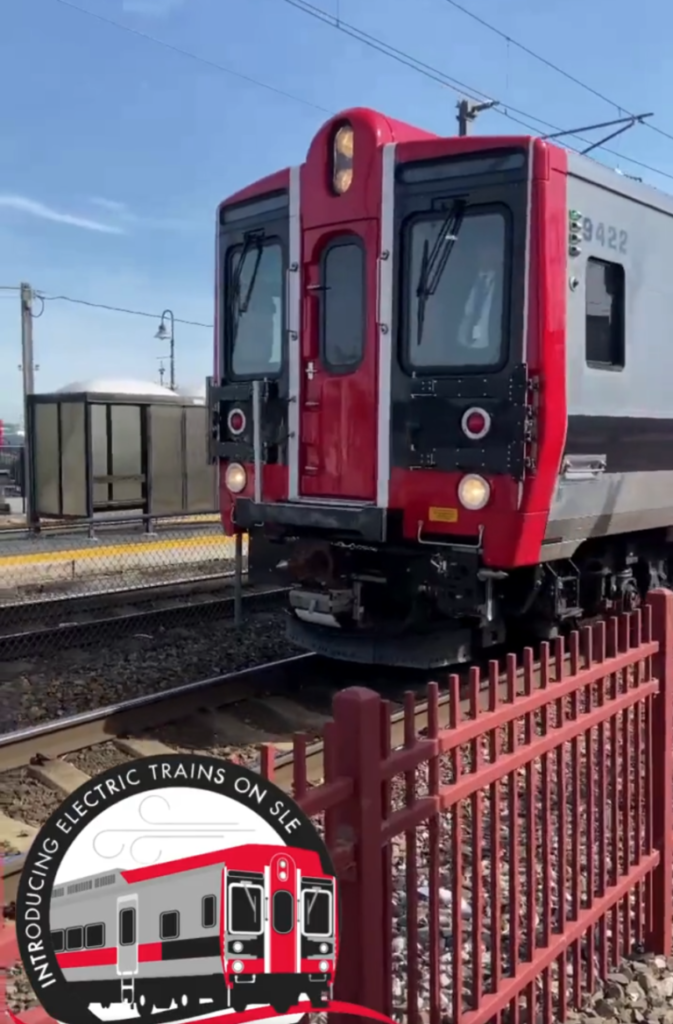
The Day of New London, Conn., reported June 9 that funding is being reduced for Shore Line East, Connecticut’s commuter rail service between New London and New Haven.
“Josh Morgan, spokesman for the state Department of Transportation, said funding for Shore Line East, which currently is being funded at 66% of its pre-pandemic service level, will decrease in the state budget for the upcoming fiscal year to 44% of its pre-pandemic service level,” according to the newspaper. Ridership is at approximately 30% of its pre-pandemic level, Morgan said.
In 2019, annual ridership was 660,477, and in 2022, it was 190,278. The Day reported that the state subsidy for Shore Line East is about $131.87 per rider in fiscal year 2023.
Shore Line East trains are owned and operated by the Connecticut Department of Transportation (DOT) under contract with Amtrak to provide daily rail operations. According to The Day, “DOT is working with Amtrak on potential schedule changes and will need to hold public hearings on any service changes, Morgan said. The hearings would be held over the summer, with any changes going into effect in the fall.”
State Sen. Heather Somers (R-Groton) told the newspaper that “one bright spot is that the budget allows for a competitive bidding process for the operator of Shore Line East, so a new provider could come back with a proposal to offer better service at a lower cost.”
Connecticut’s recently approved $51.1 billion budget also includes cutting a subsidy to MTA Metro-North’s New Haven Line by about $38 million in the first year to “reflect ridership decline on the commuter rail service,” according to a Yahoo! Finance report. Funding will be restored in the second year of the budget. The transit agency’s New Haven route is the busiest rail line for the MTA’s Metro-North Railroad, which connects Manhattan to its northern suburbs.
Data released in a TTC report (see above) and through a newly launched city of Toronto dashboard shows that safety and security incidents on transit are decreasing, TTC reported June 12.
TTC said that according to dashboard data, the rate of offenses against riders (per 1 million boardings) has fallen by 33% since January. The rate of offenses against employees, it said, also dropped for the same time period, and “the types of offenses have become less aggressive in nature.”
These indicators come after the implementation of CAD$5 million in new initiatives and improvement measures over the past several months that were announced in January and approved in the 2023 operating budget, TTC reported. The budget included hiring 10 additional Streets to Homes outreach workers, adding 25 new Transit Special Constable positions and filling 25 vacant positions, and introducing improved daily streetcar cleaning.
Earlier this year, in response to a number of high-profile crimes, TTC said it entered into a collaboration with city of Toronto’s Shelter, Support and Housing Administration (SSHA) and Social Development, Finance and Administration (SDFA) divisions; Toronto Police Service; and Toronto Public Health. Together, they created a coordinated response designed to “improve safety and restore confidence in the TTC as a safe place for customers and employees.”
According to TTC, among the steps taken were:
- “Increased presence of Special Constables, Station Supervisors, Mobile Supervisors using designated TTC vehicles, and Fare Inspectors.
- “115 management/non-union staff deployed daily to engage with frontline staff to better understand and report issues and concerns.
- “20 Community Safety Ambassadors situated on TTC property to support safety needs related to persons experiencing homelessness and individuals with complex needs.
- “50 Security Guards supporting TTC customers’ safe travel experience, positioned in assessed key areas and the subway network.
- “Police officers assigned to patrol the TTC on a regular basis.
- “Enhanced station cleanings.
- “Additional Streets to Homes outreach teams connecting people with shelter and housing services.
- “LOFT and M-DOT support services one-year pilot providing mental health crisis supports.
- “Enhanced and expanded de-escalation training for employees.
- “TTC seconded to the city of Toronto to support initiatives.
- “A broad range of training, communications, jurisdictional reviews and analytics integration initiatives.”
“I want to thank our employees and our city partners for the hard work to tackle the complex challenges our system has faced over the past several months,” TTC CEO Rick Leary said. “As promising as this trend is, we know the job is far from done. We remain committed to building on these initiatives to ensure we are addressing the concerns we’ve heard.”



